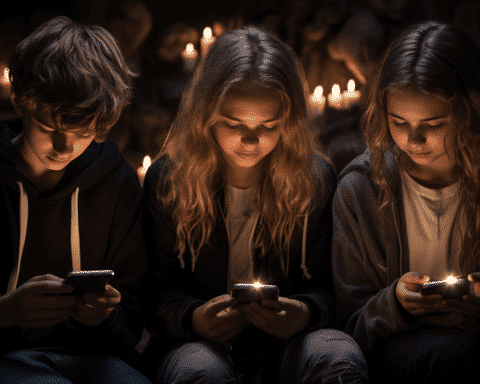In an era where swiping left or right has become the norm for seeking love, a unique social experiment born at Stanford University in 2017, known as the Marriage Pact, offers college students across the United States an alternative path to finding a match. This annual ritual, grounded in friends vowing to marry if single by a certain age, has rapidly grown in popularity on nearly 90 college campuses, involving almost half a million students in a quest that mixes fun with the potential for lasting connections.
The Marriage Pact, conceived by Stanford student Liam McGregor and his partner as part of an economics project, diverges from traditional dating apps by pairing students based on an algorithm. This algorithm evaluates matches through responses to questions probing the essentials for a 50-year relationship, such as conflict resolution styles and core values, rather than superficial traits. McGregor elucidates the pact’s core idea: “If you think about everybody who goes to your college, surely there’s someone with a good backup plan for you…Not your perfect person, but maybe somebody whose number you should have.”
While many students participate lightheartedly, and some matches fizzle out, there are tales of genuine connection that defy expectations. One standout story is that of Max Walker and Melia Summers, two New York University students matched with a staggering 99.65% compatibility. Despite geographical distances and initial skepticism, their connection blossomed into a committed relationship, culminating in their upcoming wedding. Summers reflects on their unusual yet destined meeting: “It was funny, right? It’s someone saying that they can find your ultimate match…And also, my friends were doing it, and we thought it’d be interesting to do it together.”
However, not every match from the Marriage Pact leads to romantic success. McGregor reveals that about 30% of matches meet in person, and only 1 in 9 extend their relationship beyond a year. Despite this, the initiative’s success isn’t solely measured by the number of weddings it leads to. Still, it also includes the social bonds it fosters and the introspection it prompts among participants about what they value in relationships.
The phenomenon of the Marriage Pact challenges the dominance of digital dating. It reintroduces the element of fate in the age-old quest for love, encapsulating the hope that amidst the sea of possible connections, a perfect match exists for everyone.
As the Marriage Pact grows, spreading to more campuses and engaging thousands more students, it remains a testament to the curiosity, hope, and romanticism that thrives in young adults’ hearts today. Whether participants find their match or merely a moment of amusement, the pact reminds them that love can be found in the most unexpected places, following the most unconventional paths.




